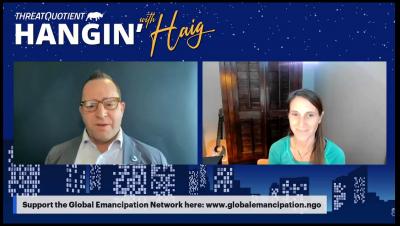Security | Threat Detection | Cyberattacks | DevSecOps | Compliance
December 2021
A Guide to ThreatQuotient's Top Blogs for 2021
We know that keeping up with cybersecurity news can be a challenge. The threat landscape continuously evolves, and defenders must stay apprised of the latest innovations and best practices to better protect their organizations. So, throughout the year, ThreatQuotient publishes a steady stream of blogs with insights to help you optimize your security operations and accelerate detection and response.
Run out of Netflix options? Check out our Most Popular Webinars for 2021
We’re fortunate to have a depth and breadth of cybersecurity expertise here at ThreatQuotient, and through our partner network. And we take great pride in sharing that expertise with you in the form of high-quality, informative webinars throughout the year. In 2021, we covered a lot of important topics and wanted to make sure you didn’t miss our top five webinars for the year. Scan the overviews below and click on the links to watch those that capture your attention.
The Threat Model as a Compass
The purpose of the Cyber Threat Intelligence (CTI) team is to understand the cyber threat environment and communicate intelligence so that the organisation can make better decisions about lowering cyber risk. Decision stakeholders can be people or systems therefore the information, and the way it is communicated, needs to be tailored to each user.





